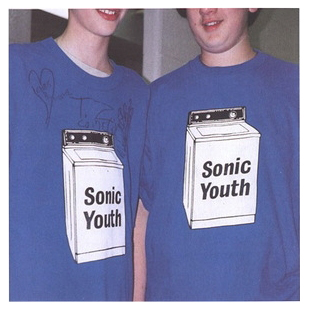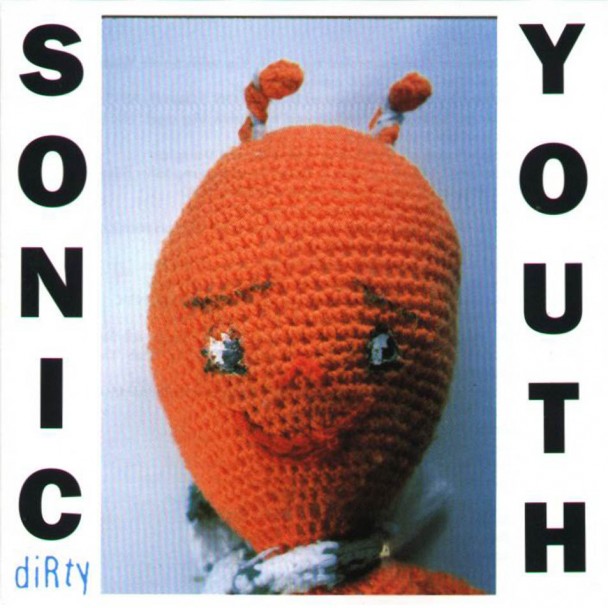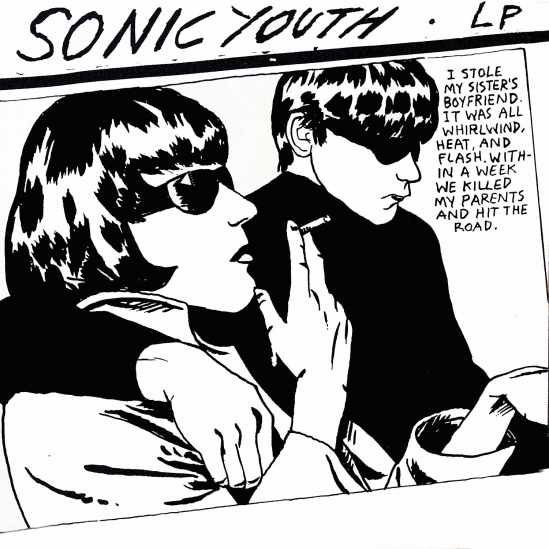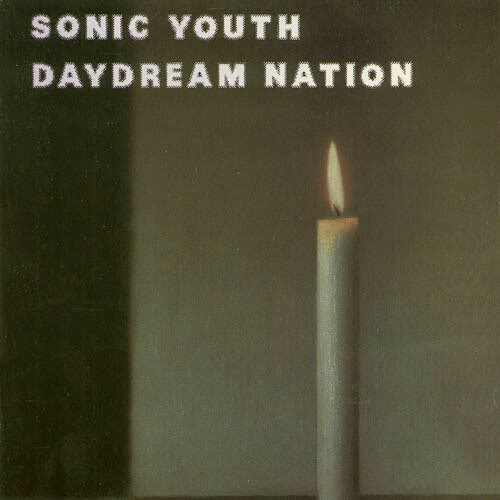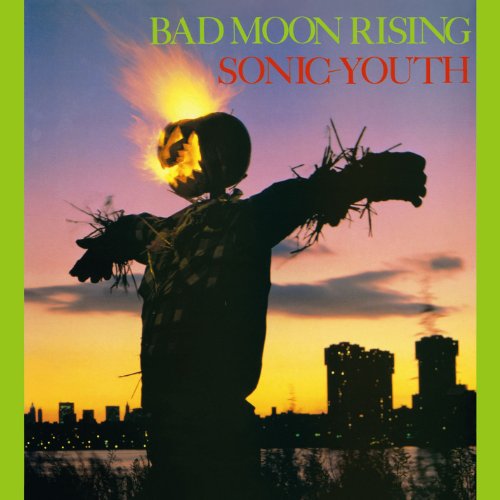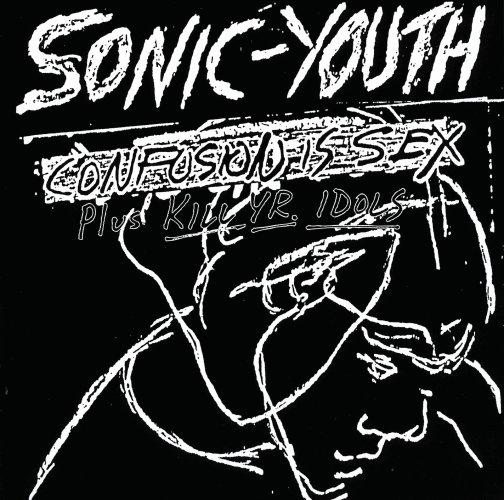I have Sonic Nurse on vinyl. Not that this is something that is particularly novel, it isn’t by any means. The truth is I have a ton of SY vinyl, early stuff, rare stuff, the SYR recordings etc. The reason that I think of Sonic Nurse as an album that I have on vinyl is because the digital copy that I have I recorded directly from that vinyl to my computer, and I am reminded of that every time that I listen to it.
In 2004 the common practice of “download code inside” that we all take for granted now, was not the case so much back then. And by “not so much the case” I mean that it wasn’t at all the case. So this was maybe one of the first times that I had bought an album brand new, without having heard it first, on vinyl. Anyway, the sound of my digital files is pretty bad. It’s tinny, thin, nasal, too quiet. Basically I didn’t know what I was doing when I ripped it to my computer. I still listen to it this way though. I’ve gotten used to it and I kind of like it this way now.
But the truth is, I didn’t actually buy this album until a few years after it came out. I got Rather Ripped and then went back to Sonic Nurse after I realized that there was an album out there that I didn’t have. I’m glad that I did because there are a lot of great tracks on here. “Pattern Recognition” starting it off, with its lengthy noise freak-out at the end is so great to hear after not getting too much of it in the past couple of albums.
Of course Jim O’Rourke was still in the band at this time, which means there was some more interesting guitar interplay throughout the album. Things really take off with songs like “Stones” and “New Hampshire,” though. Dense layers of melodic interplay that more closely resemble some sort of free-jazz improv session than they do anything else that Sonic Youth has attempted before. Sure, their stuff has always had an element of noise and experimentation to it (that’s why we’re here, isn’t it?) but when 3 different guitarists start attacking the same patch of silence all at once, coming at it from completely different angles, all spreading out and crossing over top of each other, well that sounds different than the usual blasts of noise and feedback that we’ve been getting.
Interludes that feature melodies that closely resemble real-life actual guitar solos like in “Unmade Bed” start to appear, and really add an interesting dynamic to the staid gestures that the band has been adhering to for the past couple of decades.
What’s funny about writing this is that my memories of getting to know this album are continuing to this day. It wasn’t really all that long ago that the album came out, barely 10 years now, and I’m pretty much still continuing on down the same path that I was starting out on when this album came out in 2004. Back then I was in the 2nd year of my undergraduate program, and now I’m in the 3rd year of a doctoral program, with only a little break in between. So in a way I’m still coming to know this album little by little. Sadly I know that I tend to neglect it in favor of Rather Ripped or some of the classic stuff.
I have been thinking though, as I listen to this and the albums that come after it, about Kim and Thurston. Now that it is 2014, and they have been separated or divorced or whatever for a few years now, how far back did what lead to that start? And what lyrics or songs would indicate that a separation was in the works? Does it go all the way back to Murray Street? Does it start here, or on Rather Ripped? There may have to be some pretty detailed lyrical analysis to figure it all out.
Either way, listening to this album I’m just thankful that the band decided to continue on the path that they returned to on Murray Street.
Lots of things were starting to come to an end, not only Kim and Thurston’s marriage, but also the band itself. They would leave DGC after releasing Rather Ripped two years after Sonic Nurse, and only one more non-SYR album in 2009. At this point in their career, and at this point in my being a fan, Sonic Youth was just a given. I thought that it was a pretty safe bet that we would be getting albums from them well into the next decade, that they would never stop, and it would just be something that went on in perpetuity.
I guess I was wrong.



